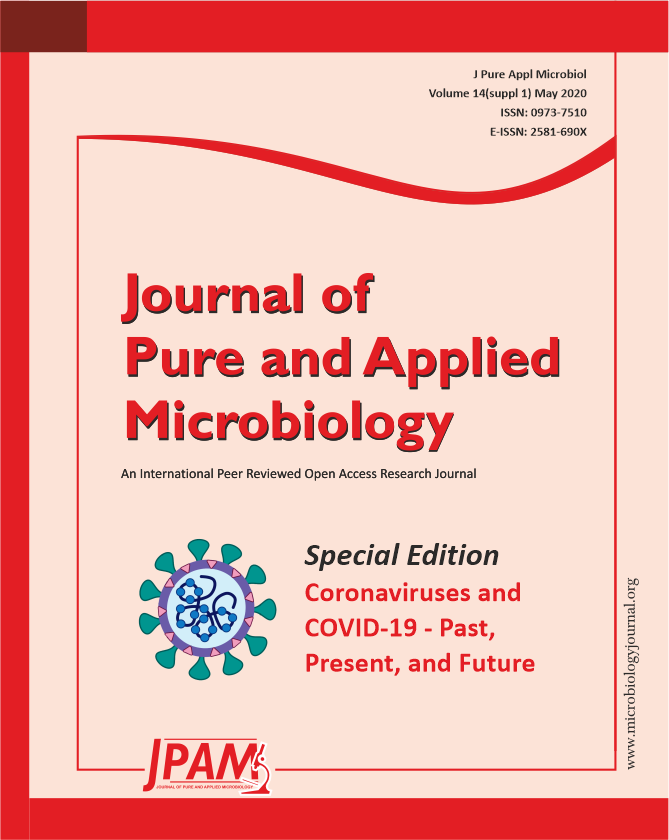During this global pandemic of COVID-19 infection, it became well known that morbidity and mortality is especially high at the extreme of life especially in certain racial or ethnic groups like Americans and Africans. This is presumed due to low immunity associated with other comorbid conditions like diabetes, hypertension, cardiovascular disease, obesity and metabolic syndrome. But the information available on the immune status of COVID-19 patients is limited. Attempts must be made to enhance our understanding of the immune status of COVID-19 patients by revisiting our knowledge on the immune mechanisms of already known coronaviruses such as SARS-CoV and MERS-CoV. Early elevation of the serum levels of pro-inflammatory cytokines observed in SARS and MERS infection suggests a possible same type of cytokine storm-mediated lung damage in COVID-19 patients too. Dysregulation of interferon-1 response and downstream cascade in initial innate immune response at virus entry point has been related to lethal pneumonia in COVID-19 patients. Adaptive response of increased CD8+ levels in COVID-19 patients seems to be useful in mild cases where it causes deteriorating effects in progressed severe disease patients resulting in destruction of type 2 pneumocytes hence inability to regenerate the alveolar epithelium. A phenomenon called cytokine storm activates violent immunological reactions in the lung tissue resulting in ARDS followed by multiple organ system damages in COVID-19 patients. Several immune evading mechanisms are thought to be employed by severe respiratory syndrome virus-2 (SARS-CoV-2) that might have resulted in its extremely increased contagiousness probably related with its frequent RNA mutations. Failure to develop adequate virus limiting immune reactions by some cured patients warrant monitoring of all recovered patients. This rapid mini review is aimed to enhance our knowledge of the immune status of COVID-19 infected patients with reference to SARS-CoV and MERS-CoV.
Immune status, COVID-19, SARS-CoV, MERS-CoV, coronavirus
© The Author(s) 2020. Open Access. This article is distributed under the terms of the Creative Commons Attribution 4.0 International License which permits unrestricted use, sharing, distribution, and reproduction in any medium, provided you give appropriate credit to the original author(s) and the source, provide a link to the Creative Commons license, and indicate if changes were made.


